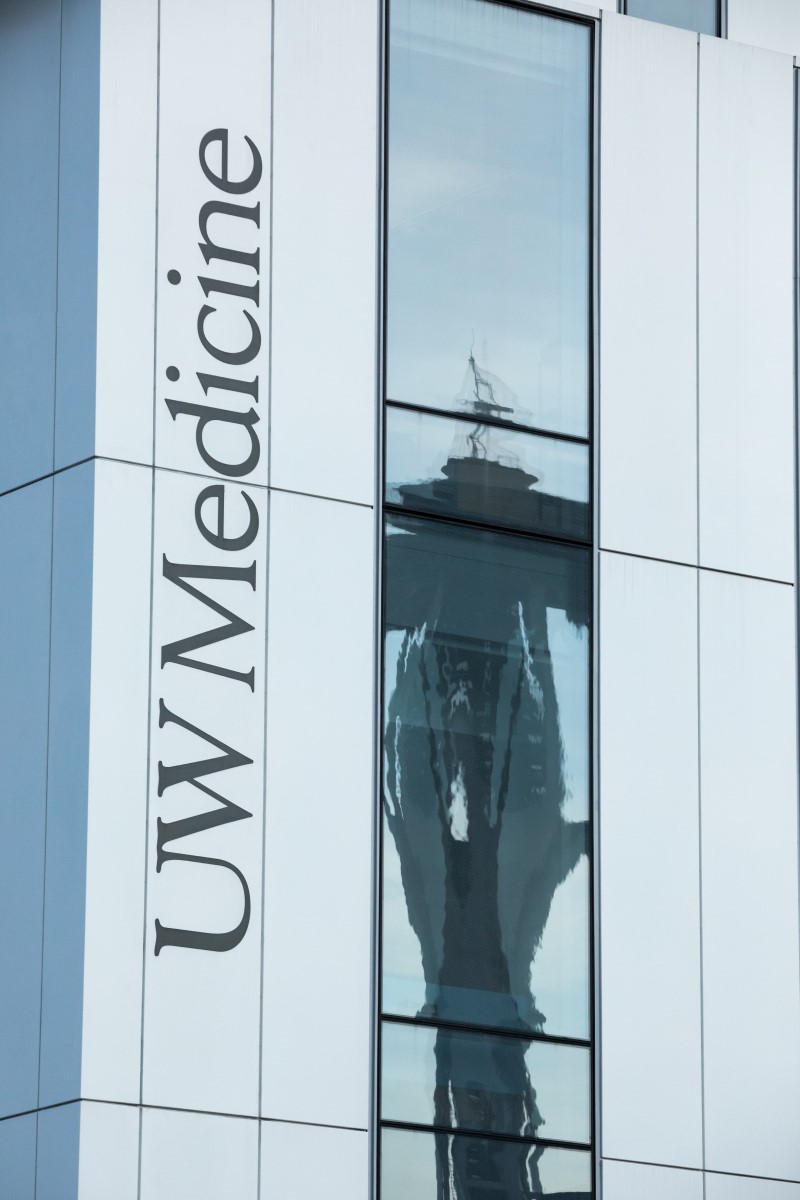
researchers published first report of inner ear cell regeneration in birds
On Jun. 24, 1988, University of Washington hearing researchers Jeffrey Corwin and Douglas Cotanche published the first report of inner ear cell regeneration in birds in “Science“. Before, hearing nerve damage was considered permanent in all adult, land animals with spines.
Corwin and Cotanche and, independently, BM Ryals and EB Rubel reported that cochlear hair cells regenerate after acoustic trauma in birds. The two reports hypothesized similarly: “that regenerated hair cells originate from mitotic divisions of supporting cells or some unidentified latent stem cells” and “that the regenerative potential is retained in adult animals, suggesting that a dormant stem cell population is retained throughout life”.
In contrast, the mammalian cochlea is unable to regenerate hair cells after ototoxic insults. However, in 1993 it was reported that hair cell regeneration in response to aminoglycoside ototoxicity occurs in the vestibular sensory epithelia of adult mammals, albeit to a far less impressive extent than had been seen in birds. Hair cell regeneration in all these instances seems to originate from supporting cells that reenter the cell cycle when neighboring hair cells are dying. Mitotic supporting cells subsequently divide asymmetrically, generating new hair cells and supporting cells. In some instances, a phenotypic conversion also described as transdifferentiation into hair cells has also been observed. This mechanism is potentially faster in generating hair cells than the asymmetric division of supporting cells, but it also requires subsequent divisions to replenish the supporting cell pool.
Of all the cochlear structures and cell types, the sensory hair cells, fewer than 15,000 at birth, are the Achilles’ heel of the auditory system. Loss of hair cells accounts for most hearing loss, affecting substantial proportions of the population.
Generally, outer hair cells (OHCs) are more sensitive than inner hair cells (IHCs) to insults that damage hearing and to the effects of aging. OHC loss, usually starting at the high-frequency basal region of the cochlea, leads to a substantial auditory threshold shift. More severe forms of hearing impairment generally involve the loss of IHCs. After hair cell loss, the organ of Corti undergoes gradual cytomorphological dedifferentiation of supporting cells; this is sometimes followed by a collapse of the tunnel of Corti, resulting in a structure that often features an unorganized mound of inconspicuous cells.
Finally, the ball is in the court of bioengineers and clinician/scientists to develop appropriate devices and methods that will allow us to deliver progenitor cells, gene therapy vectors and drug candidates to the appropriate locations inside the cochlea, so that it will be possible to develop better animal models for regenerative studies.
Overall, the task of regenerating cochlear sensory hair cells has not become less challenging, but recent advances now allow us to define the issues that still persist much better than ever before, which is providing a much-needed framework allowing the systematic study of potential treatment options.
Tags:
Source: National Library of Medicine
Credit:
